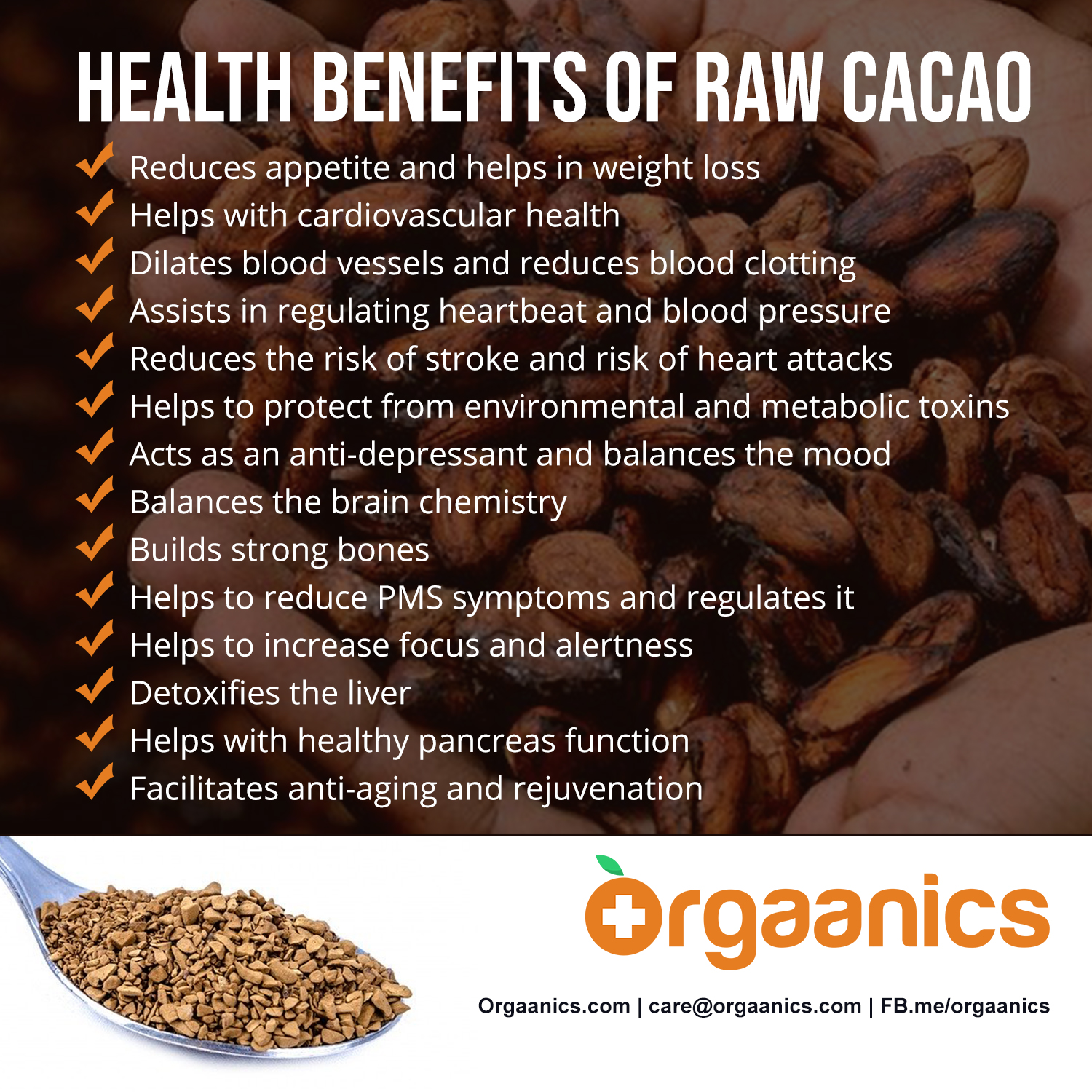Malnutrition in older adults can lead to various health concerns, including:
- A weak immune system, which increases the risk of infections
- Poor wound healing
- Muscle weakness and decreased bone mass, which can lead to falls and fractures
- A higher risk of hospitalization
- An increased risk of death
Factors Contributing to Malnutrition
The causes of malnutrition might seem straightforward — too little food or a diet lacking in nutrients. In reality, malnutrition is often caused by a combination of physical, social, and psychological issues. For example:
Normal age-related changes
Changes in taste, smell, and appetite generally decline with age, making it more difficult to enjoy eating and keep regular eating habits.
Illness
Disease-related inflammation and illnesses can contribute to declines in appetite and changes in how the body processes nutrients.
Impairment in the ability to eat
Difficulty chewing or swallowing, poor dental health or limited ability in handling tableware can contribute to malnutrition.
Dementia
Behavioral or memory problems from Alzheimer’s disease or related dementia can result in forgetting to eat, not buying groceries, or other irregular food habits.
Medications
Some medications can affect appetite or the ability to absorb nutrients.
Restricted diets
Dietary restrictions for managing medical conditions, such as limits on salt, fat, or sugar, might also contribute to inadequate eating.
Limited income
Older adults may have trouble affording groceries, especially if they’re taking expensive medications.
Reduced social contact
Older adults who eat alone might not enjoy meals as before and lose interest in cooking and eating.
Limited access to food
Adults with limited mobility may not have access to food or the right types of food.
Depression
Grief, loneliness, failing health, lack of mobility, and other factors might contribute to depression, causing loss of appetite.
Alcoholism
Too much alcohol can interfere with the digestion and absorption of nutrients. Misuse of alcohol may result in poor eating habits and poor decisions about nutrition.
Monitoring Nutrition and Preventing Malnutrition
As a caregiver or adult child of an older adult, you can take steps to monitor nutritional health, watch for weight loss, and address risk factors of malnutrition. Consider the following:
Monitor weight
Help the older adult check their weight at home. Keep a weekly record. Changes in how clothes fit can also indicate weight loss.
Observe habits
Spend mealtimes together at home or during mealtime in a hospital or care facility to observe eating habits. Note what kinds of food are eaten and how much.
Keep track of medications
Keep a record of all medications, the reason for each medication, dosages, treatment schedules, and possible side effects.
Help with meal plans
Help plan healthy meals or prepare meals ahead of time. Help prepare a shopping list or shop together. Help with money-saving shopping choices.
Use local services
Contact local service agencies that provide at-home meal deliveries, in-home visits from nurses or dietitians, access to a food pantry, or other nutrition services. The local Area Agency on Aging or a county social worker can provide information about services.
Make meals social events
Drop by during mealtime or invite the older adult to your home for occasional meals. Go out to eat at a restaurant with senior discounts. Encourage participation in social programs where members of the community can eat together.
Encourage regular physical activity
Daily exercise, even if it’s light, can stimulate appetite and strengthen bones and muscles.
Guarantee that you are packing your diet with vitamins and minerals to boost your energy and protect yourself against a wide variety of illnesses by drinking Theobroma Superfood from Orgaanics.

